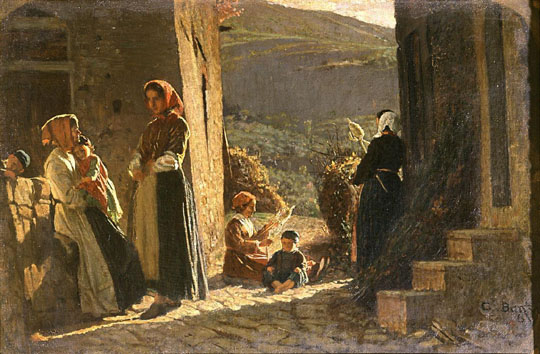Artistic reputations are very important to some countries. In the case of France and Italy, a large proportion of their GNP is dependent on their perceived image as centers of aesthetic excellence — something that pays dividends in terms of income from tourism and demand for designer goods. This is why both countries make major efforts to protect and project their artistic legacies overseas.
This is especially apparent with "The Macchiaioli: Italian Masters of Realism" at Tokyo's Teien Museum of Art; an exhibition, strongly supported by the Italian government, that attempts ever so nicely to chip away at the dominance of the Impressionists in the hearts of the Japanese public.
Like the Impressionists, the Macchiaioli were a group of artists who sought to break with a past dominated by academic art by adopting new methods, subjects and styles. These included plein air (open air) painting, themes taken from nature and the lives of the common people, and a rapid-dabbing style of painting that created patches of color, which gave the movement its name: "macchia" is Italian for "patches."

















With your current subscription plan you can comment on stories. However, before writing your first comment, please create a display name in the Profile section of your subscriber account page.